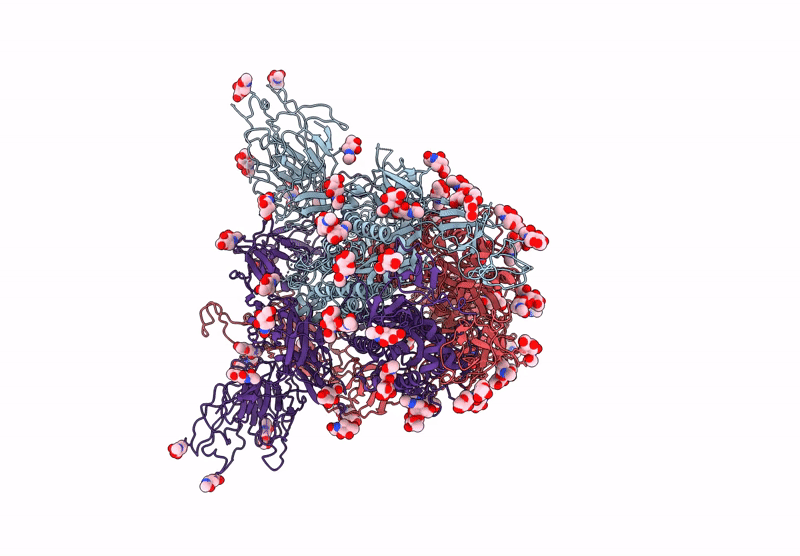
Deposition Date
2022-08-08
Release Date
2022-10-19
Last Version Date
2025-06-25
Entry Detail
Biological Source:
Source Organism:
Host Organism:
Method Details:
Experimental Method:
Resolution:
3.45 Å
Aggregation State:
PARTICLE
Reconstruction Method:
SINGLE PARTICLE


